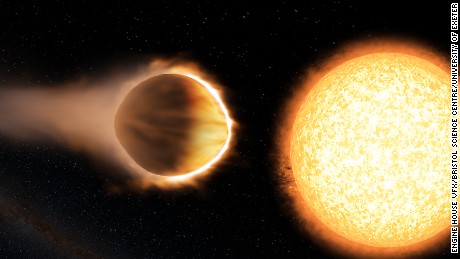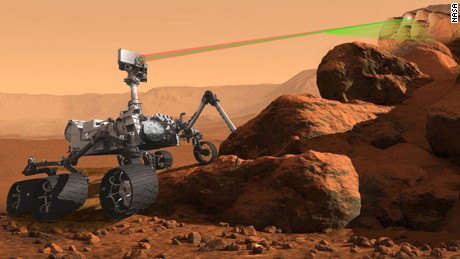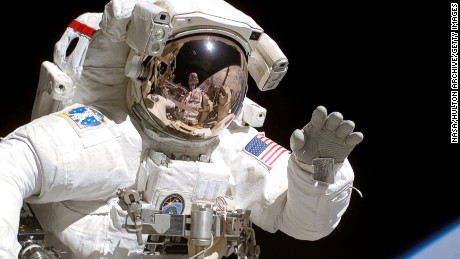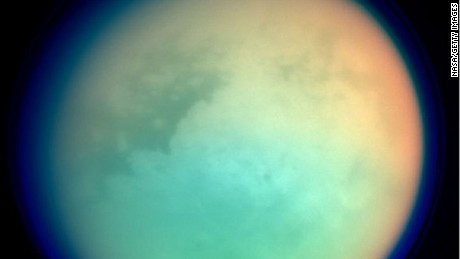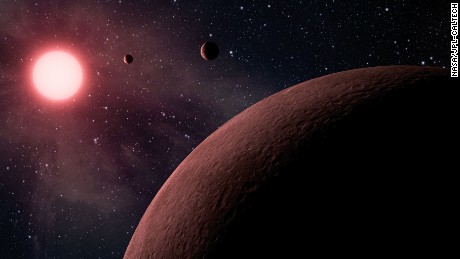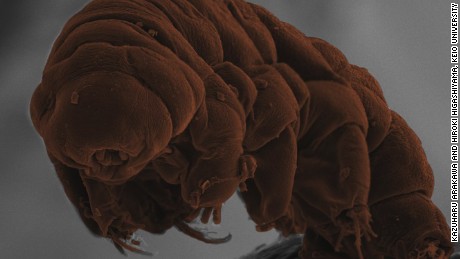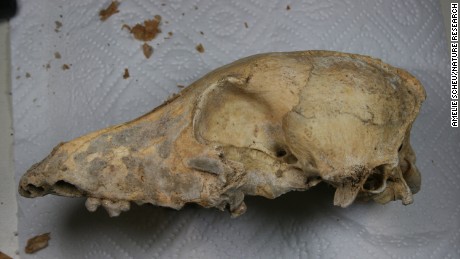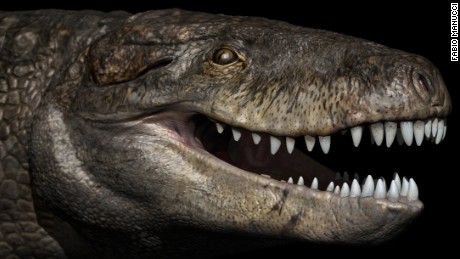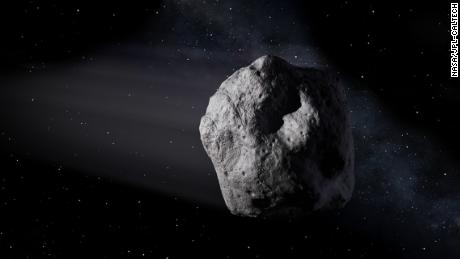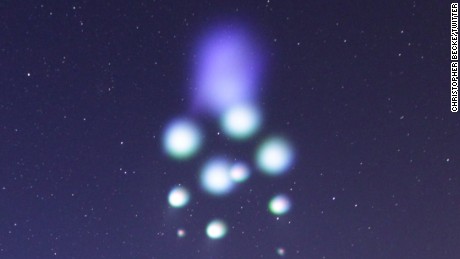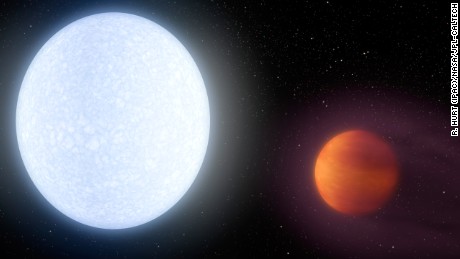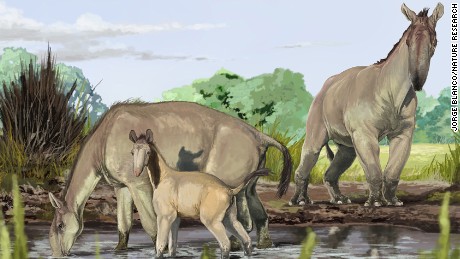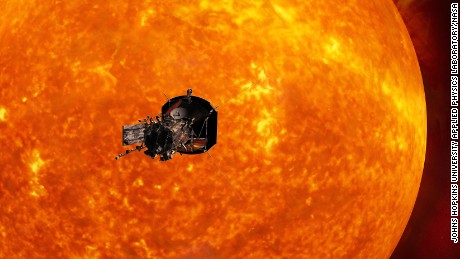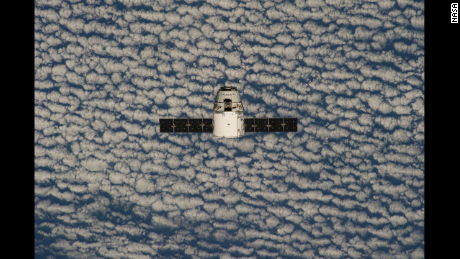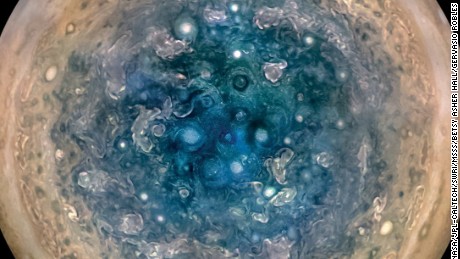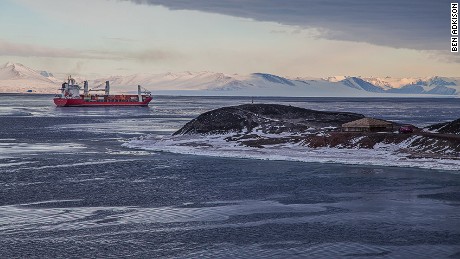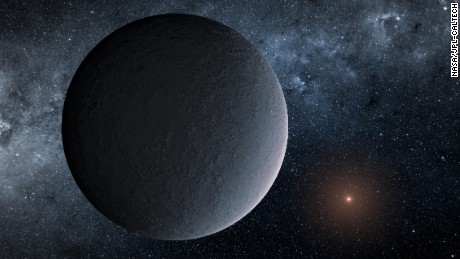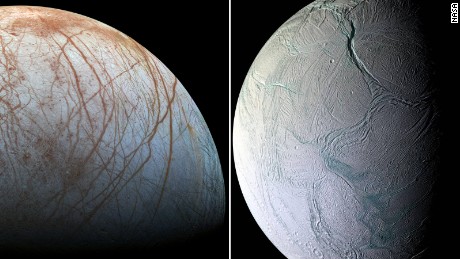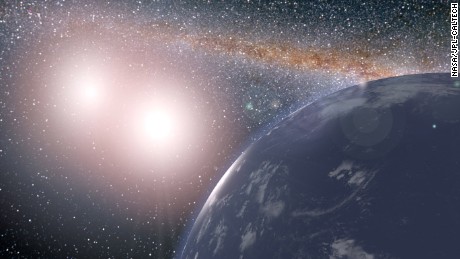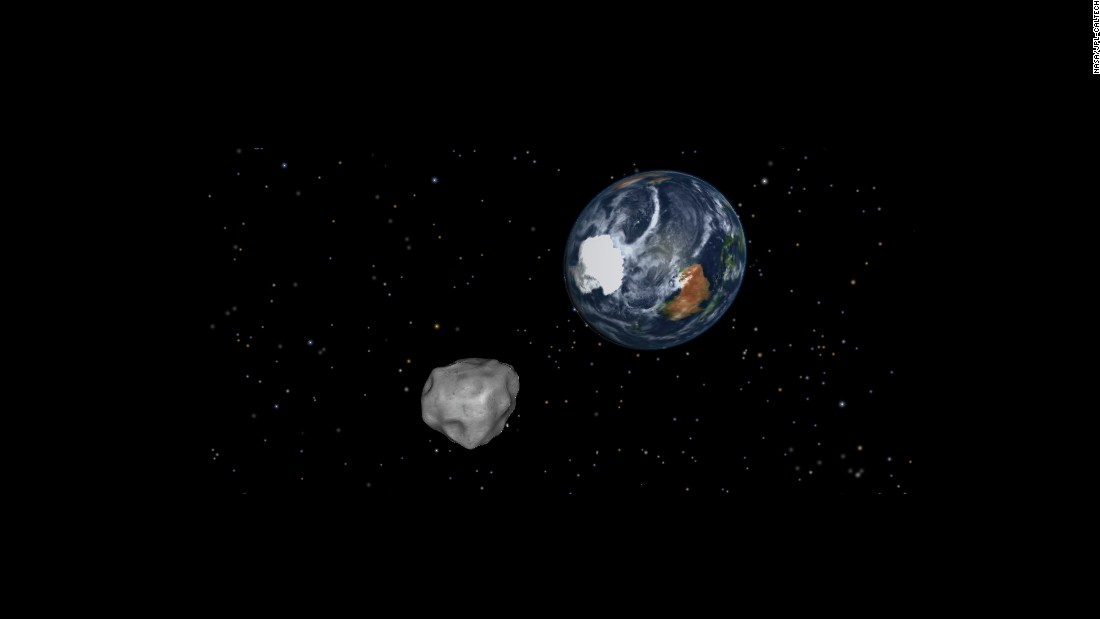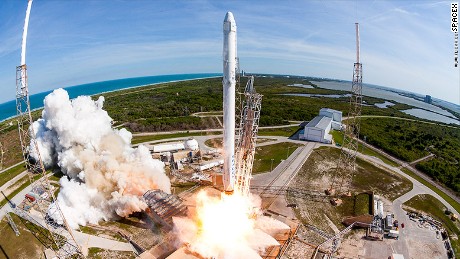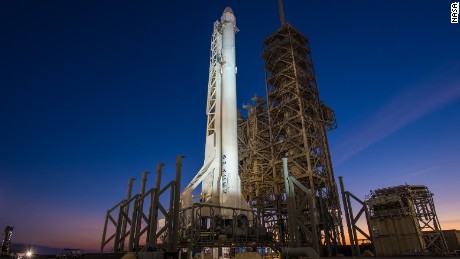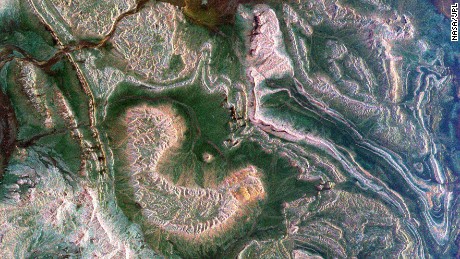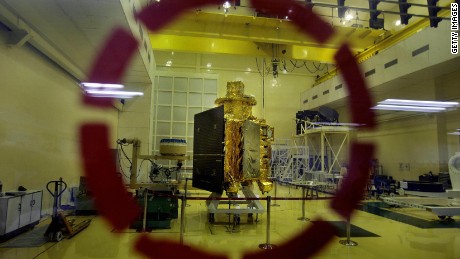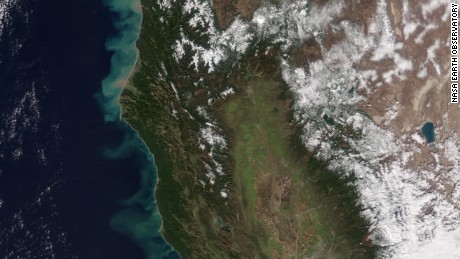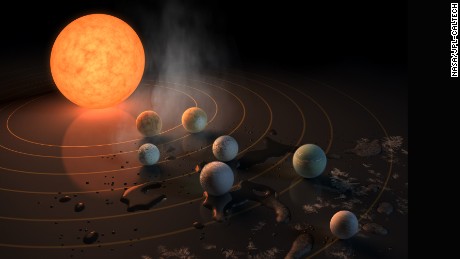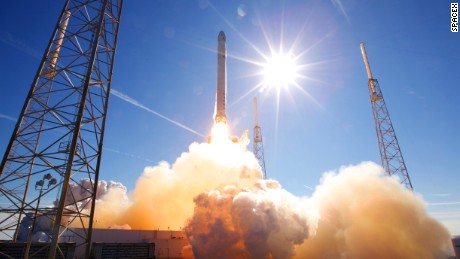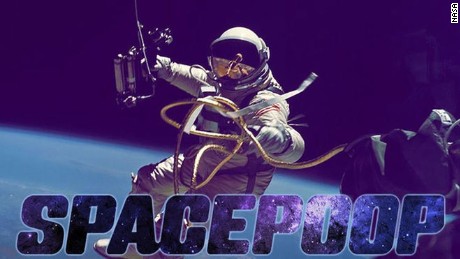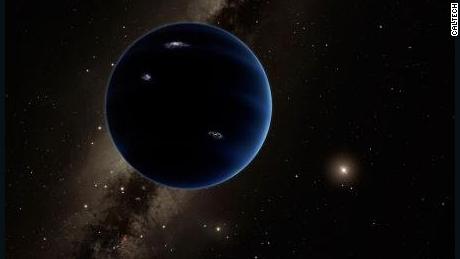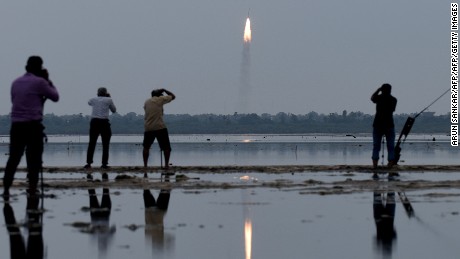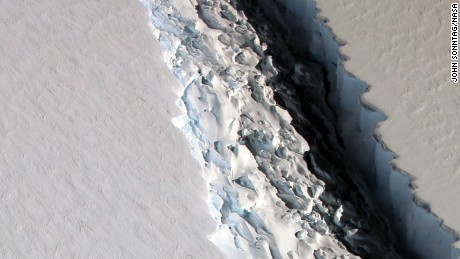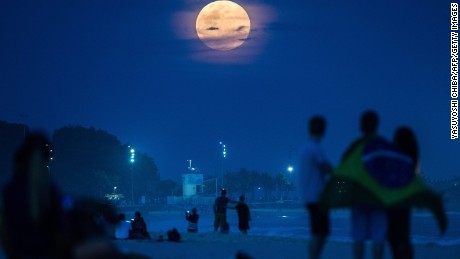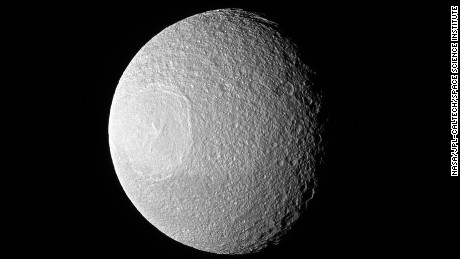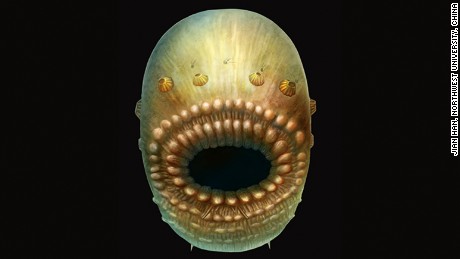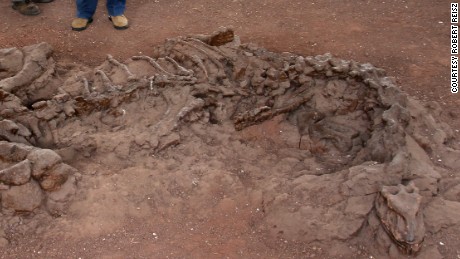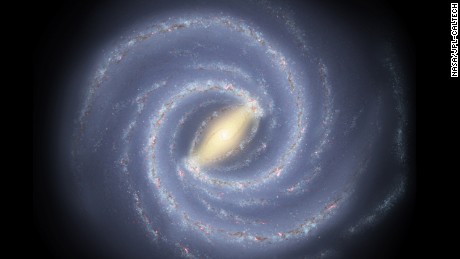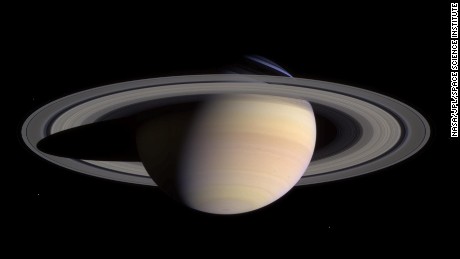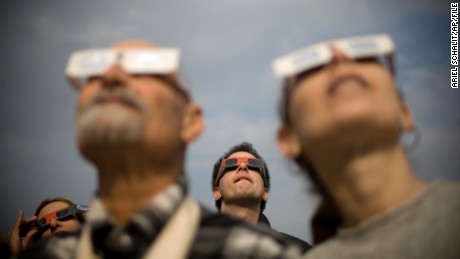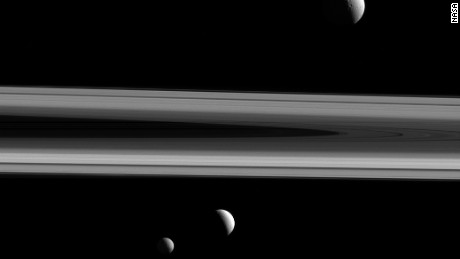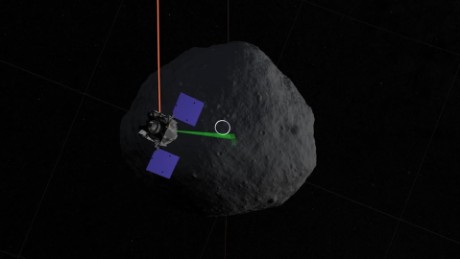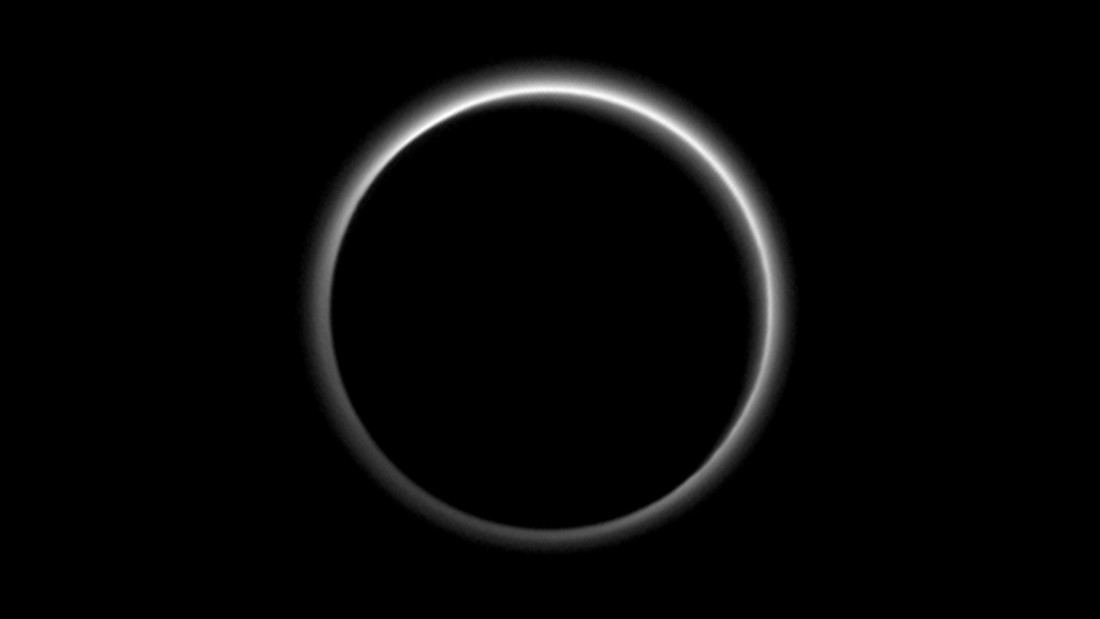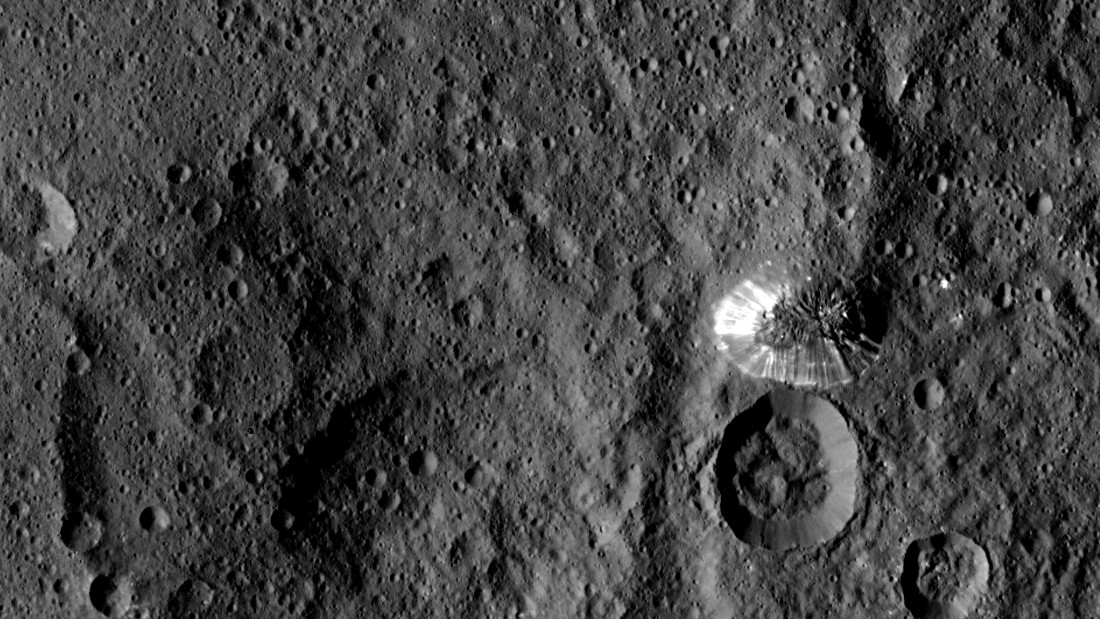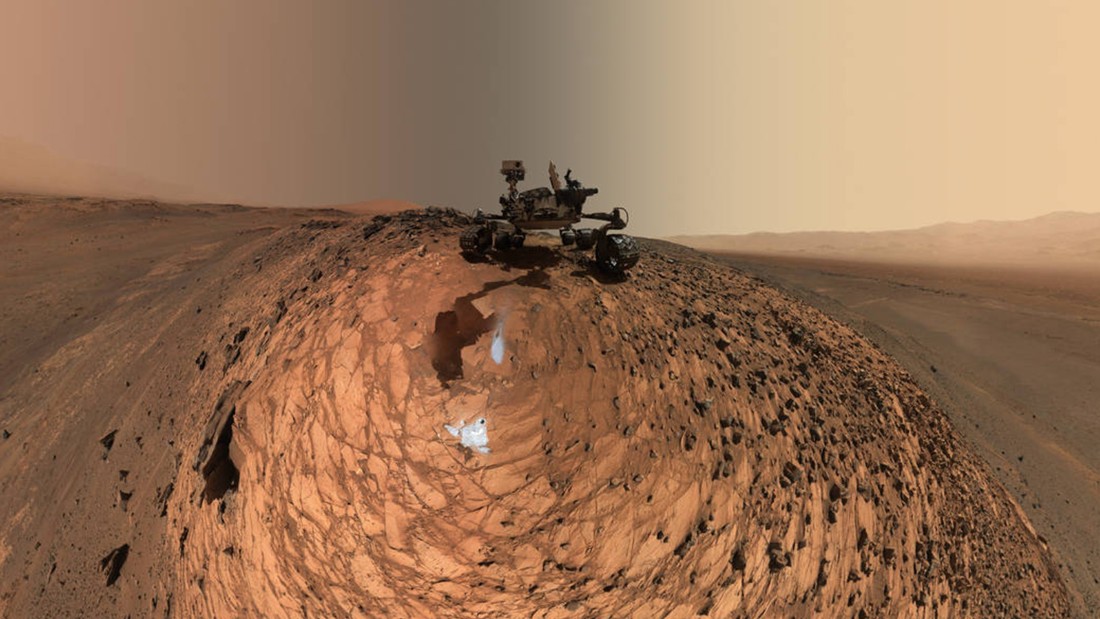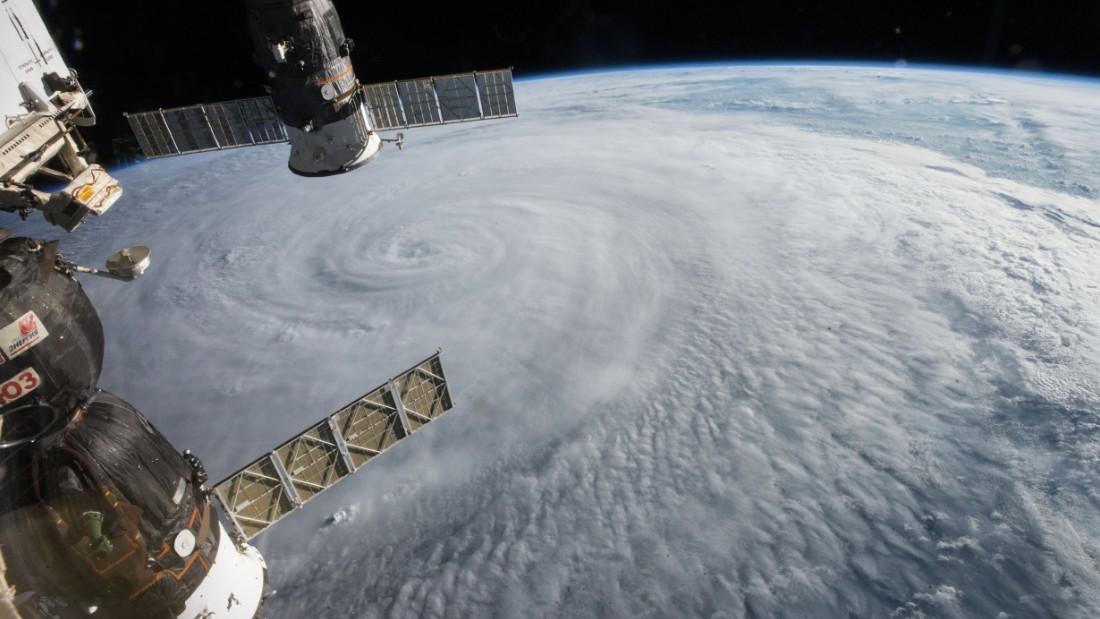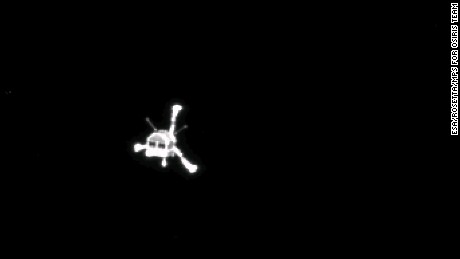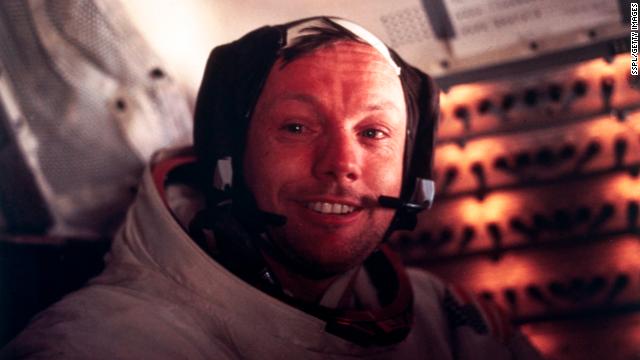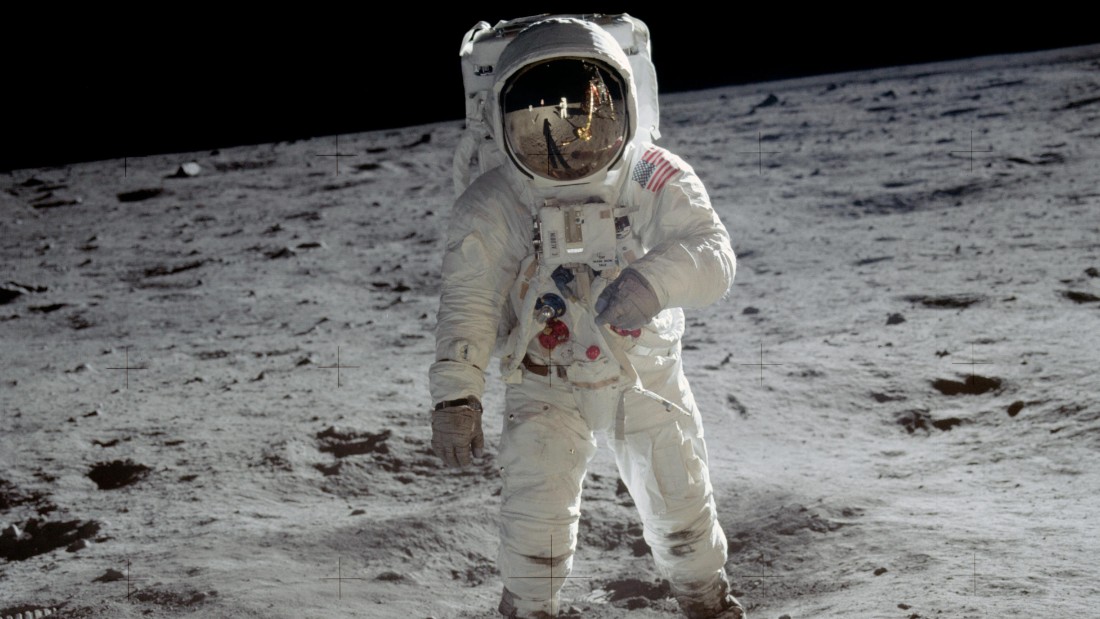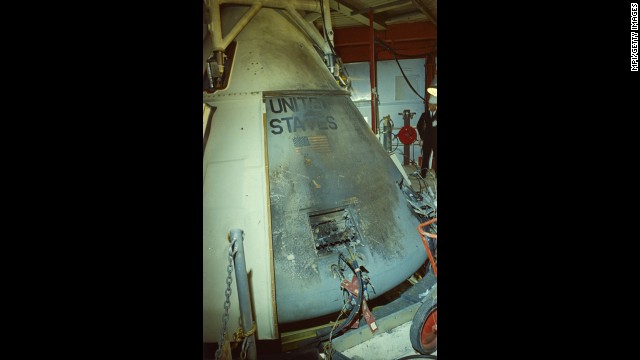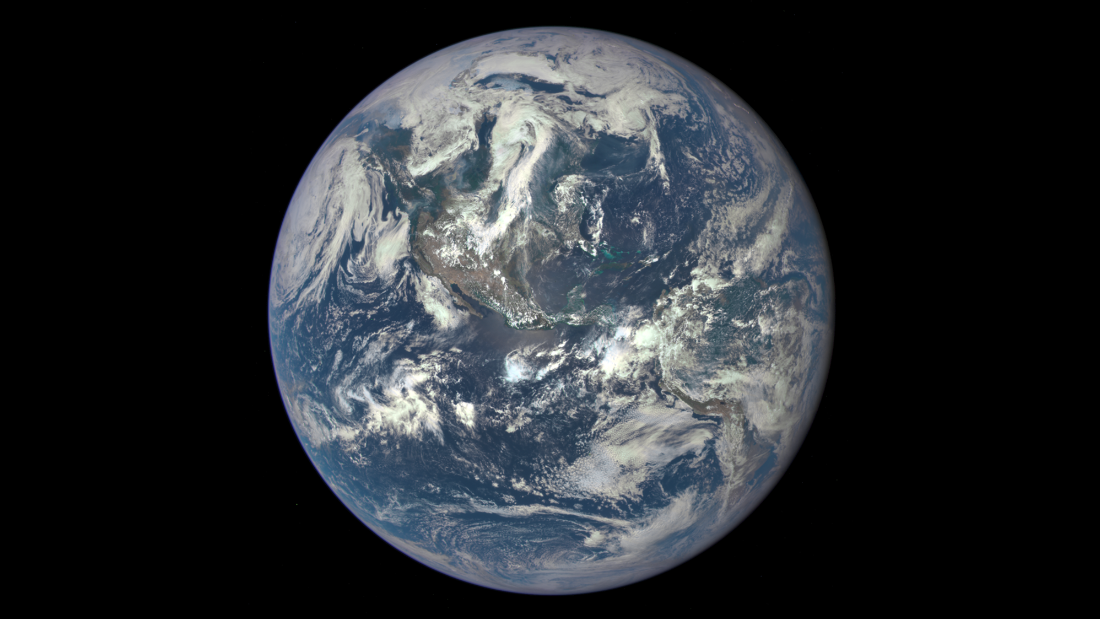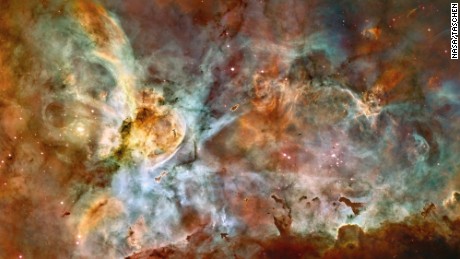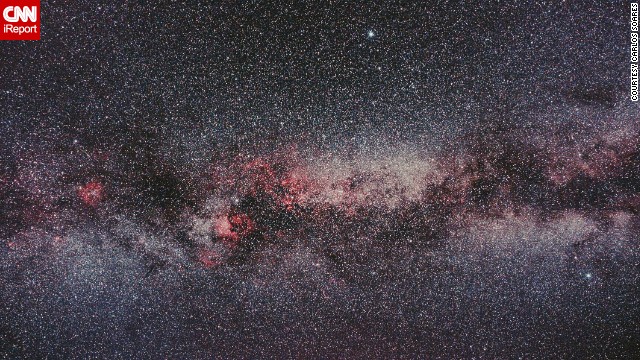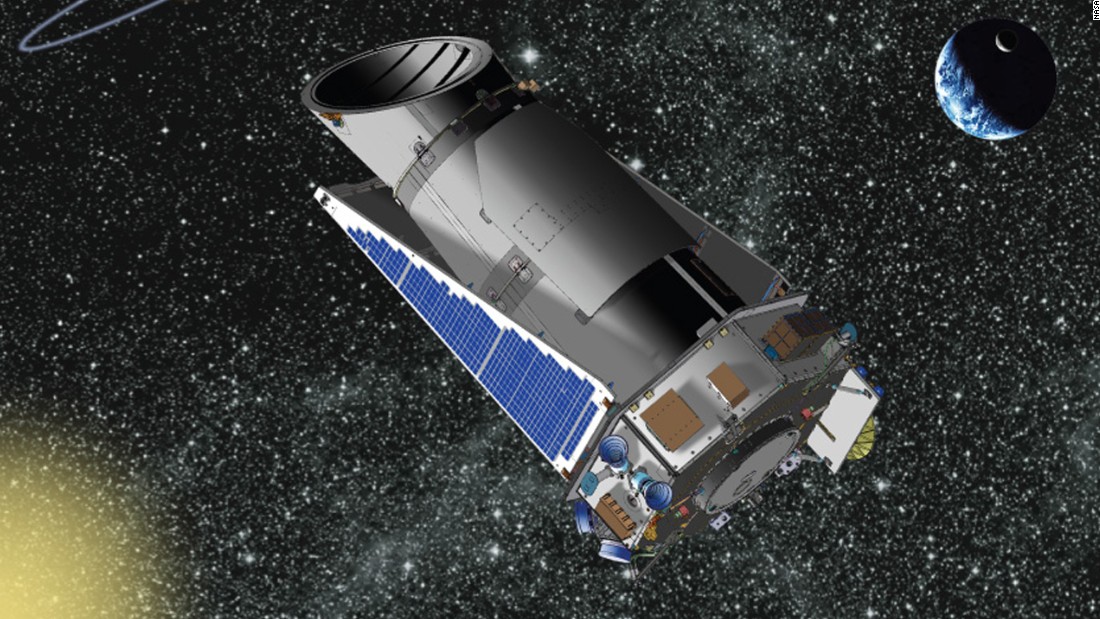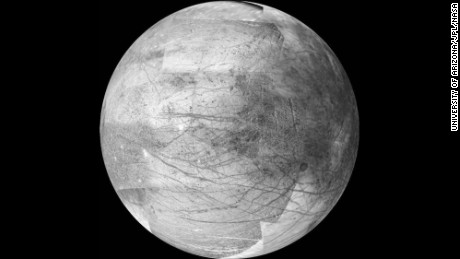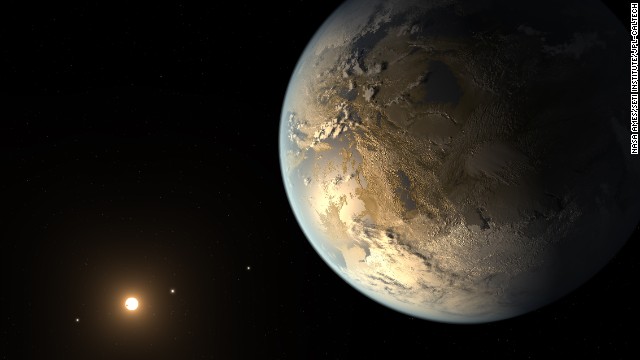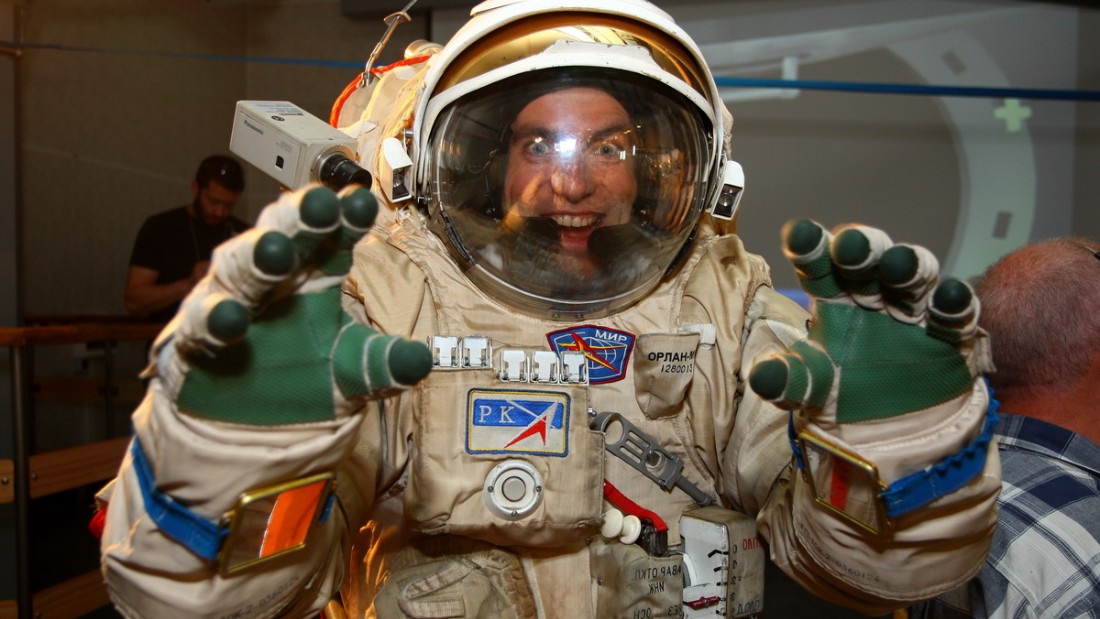Space and science news

Breaking News
U.S.+Crime + JusticeEnergy + EnvironmentExtreme WeatherSpace + ScienceU.S.WorldPoliticsMoneyOpinionHealthEntertainmentTechStyleTravelSportsVideoVRLive TV
Search »
U.S. Edition+
U.S.
International
Arabic
Español
Set edition preference:
U.S.InternationalConfirm
U.S. Edition+
U.S.
International
Arabic
Español
Set edition preference:
U.S.InternationalConfirmHomeU.S.
 U.S.
U.S. International
International Español
Español Arabic
Arabic
Set edition preference:
U.S.InternationalConfirmFacebookTwitterInstagram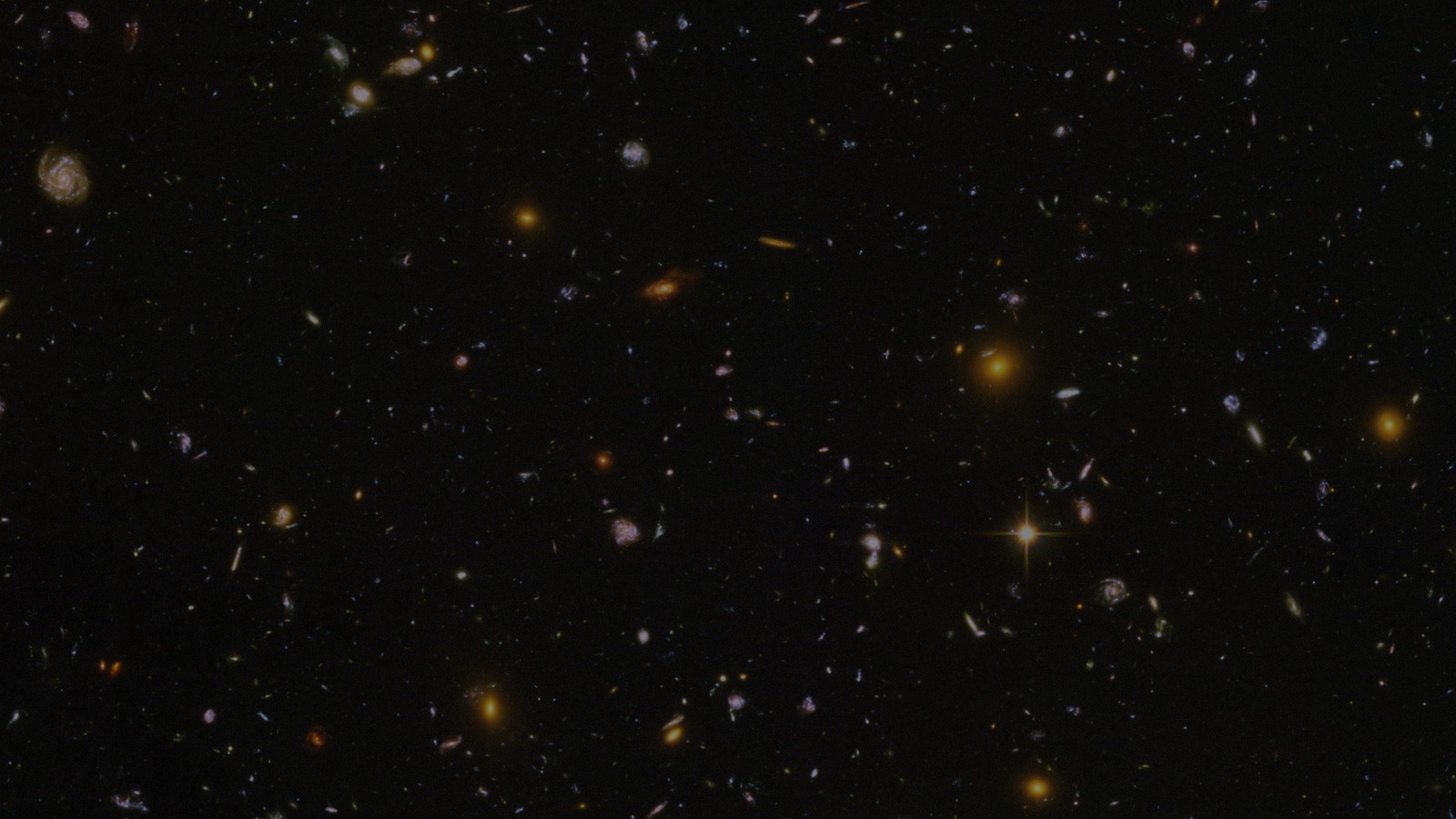

Stories
China's defunct space lab to plunge back to Earth
NASA to explore outer edge of Earth's atmosphere
11,500-year-old infant remains reveal ancient population
Is it colder in parts of the US than Mars? Yes, but …
What's up with this mysterious star?
First supermoon of 2018 coincides with New Year's Day
Distant star has 8 planets
Meet our solar system's first observed interstellar visitor
Supermoon closes out the first day of the year
Newly discovered nearby planet could support life
About that flowing water on Mars …
Scientists replace skin of 'butterfly child' with rare genetic disease
Voyager probes fulfill 40 years of space exploration
Long-term spaceflight 'squeezes' the brain, study says
This mystery object may be our first visitor from another solar system
What Cassini learned about Saturn during its death dive
First-seen neutron star collision creates light, gravitational waves and gold
Spaceship chasing an asteroid slingshots past Earth
Still missing Cassini? Here's what else is out there
The 'doctor's bag of the future' could be a 3-D printer
A nearly 3-mile-wide asteroid makes a (relatively) close call with Earth
Cassini, NASA's 13-year Saturn mission, has ended
'Zombie' star won't die, even after exploding
Science envoy quits, spells out 'impeach' in resignation letter
This early human ancestor is to blame for genital herpes
Missed the eclipse? America's next one is in 2024
The total solar eclipse of 2017 has come and gone
Meet 'vika': New 2-pound rat discovered
Yes, Donald Trump really did look into the sky during the solar eclipse
Martian snow and diamond rain: Wild weather in our solar system
Voyager probes fulfill 40 years of space exploration
The 'doctor's bag of the future' could be a 3-D printer
Breeding novelty animals for trophy hunting
Exoplanet has a 'glowing water vapor' atmosphere
Weather disasters to impact 2 out of 3 Europeans by 2100, study says
New Mars 2020 rover will be able to 'hear' the Red Planet
What happens if astronauts get sick in space?
Earth to warm 2 degrees Celsius by the end of this century, studies say
How life may find a way on Saturn's moon
Kepler finds 10 more Earth-size exoplanets
DNA discovery reveals genetic history of ancient Egyptians
The microscopic critter that can survive almost anything
Your dog descended from Late Stone Age wolves, study says
Jurassic-era crocodiles had T. rex teeth
Asteroid Day: Monitoring the skies for the next strike
NASA's colorful clouds light up the sky
Newly discovered exoplanet is 'hotter than most stars'
Oldest Homo sapiens fossils discovered
DNA solves ancient animal riddle that Darwin couldn't
Ancient Egyptian's wooden toe is sophisticated prosthetic
NASA probe will be first to 'touch' the sun
SpaceX sends used Dragon to space station
Jupiter surprises researchers
Antarctic sea ice hits record low
Icy Earth-mass exoplanet is 'colder than Hoth'
Nearby ocean worlds may be best bet for life
Double sunset: Could 'Tatooine' planets be habitable?
Decoding the mysterious 'magic islands' on Saturn's moon
Big asteroid whizzed by Earth April 19
Elon Musk is changing the rules of space travel
SpaceX to fly 2 space tourists around the moon in 2018
NASA makes thousands of aerial images of Africa available to public
SpaceX launches from historic Complex 39-A
Neanderthals may have self-medicated long before pills, study shows
NASA finds lunar spacecraft that vanished 8 years ago
Sutter: The geography of American climate confusion
Satellite photos show impact of California rain
Astronomers discover 7 Earth-sized planets orbiting nearby star
NASA sends superbug to space station
At ease, future astronauts: NASA solving 'space poop' problem
NASA wants you to help find a new planet
India in record satellite launch as Asia's space race heats up
Iceberg the size of Delaware to break off from Antarctica
Friday night lights: Eclipse, full moon and a comet
Hmm, this moon looks remarkably like the Death Star
Is this ancient, bag-like sea creature our earliest ancestor?
Ancient tissue found in 195 million-year-old dinosaur rib
Twins study: How 1-year mission affected Scott Kelly
Milky Way galaxy is being pushed across the universe
What life was like for a medieval leper
Galleries
The best of NASA's Cassini spacecraft images
#CNNeclipse: Your view of the 2017 eclipse
Saturn and its moons
OSIRIS-REx, asteroid hunter
Juno, meet Jupiter
Amazing photos of Pluto
Dawn: Mission to Vesta and Ceres
Mars Curiosity rover
Stuff from above
Rosetta: The comet chaser
Famous firsts in space
Reaching for the moon
When space travel goes wrong
The Earth from afar
Stunning images from Hubble
Your shots of the cosmos
11 cool unmanned space missions
Wonders of the universe
Where life might live beyond Earth
Live like a cosmonaut
U.S. Edition
- Set edition preference:
- U.S.
- International
- Confirm
- U.S.
- International
- Arabic
- Español
© 2018 Cable News Network. Turner Broadcasting System, Inc. All Rights Reserved.
CNN Sans  & © 2016 Cable News Network.
& © 2016 Cable News Network.
- Terms of Use
- Privacy Policy
- AdChoices
- About us
- CNN Studio Tours
- CNN Store
- Newsletters
- Transcripts
- License Footage
- CNN Newsource
Original Article
[contf] [contfnew] 
CNN
[contfnewc] [contfnewc]









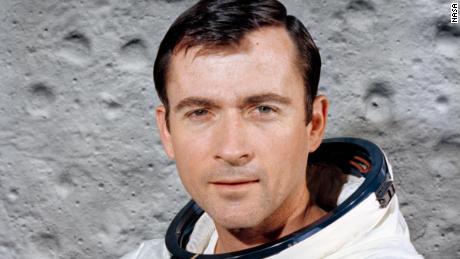
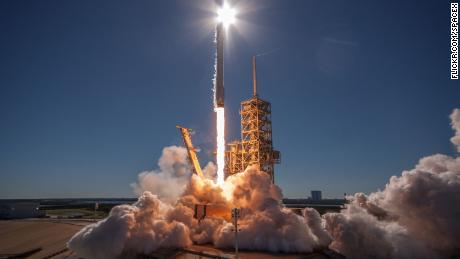
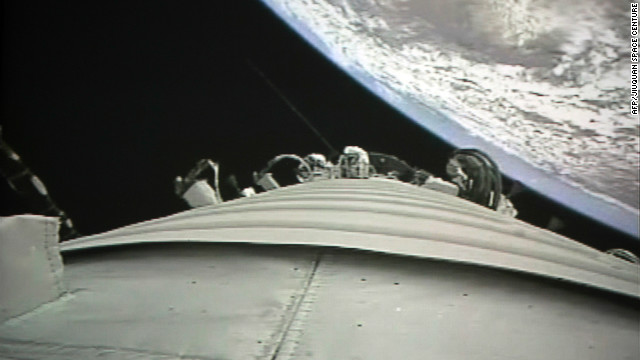
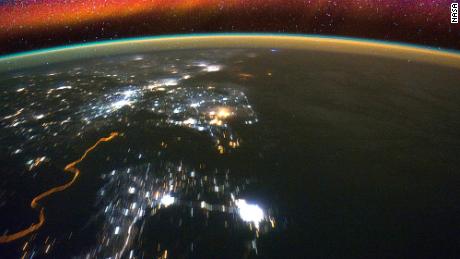


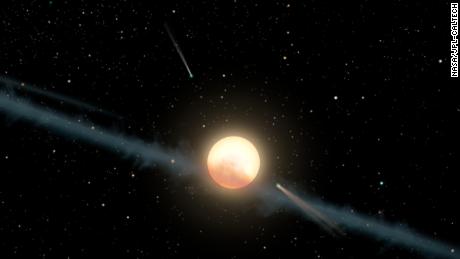
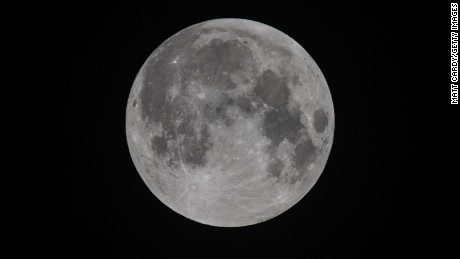
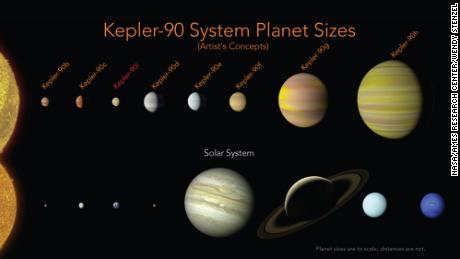
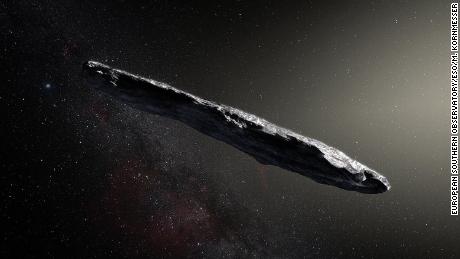
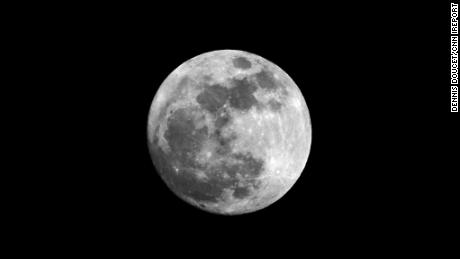
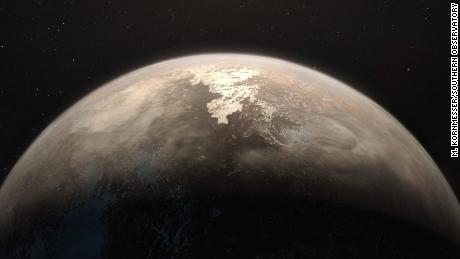


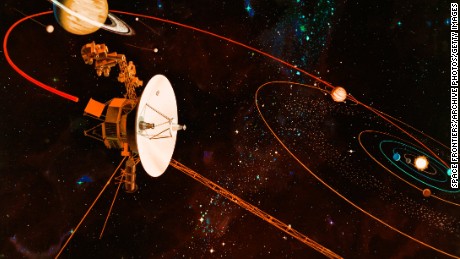

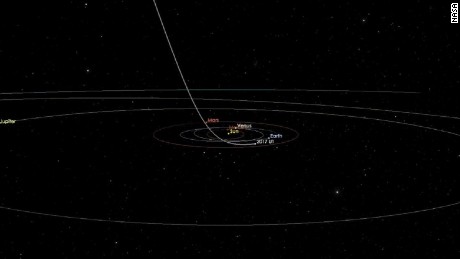
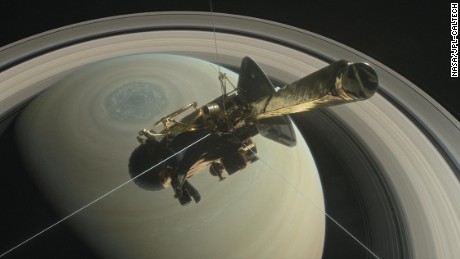
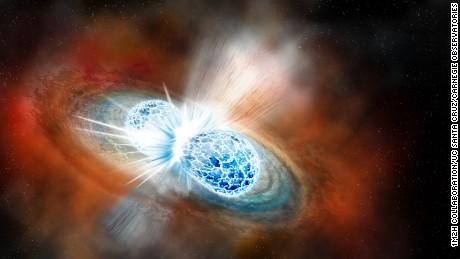
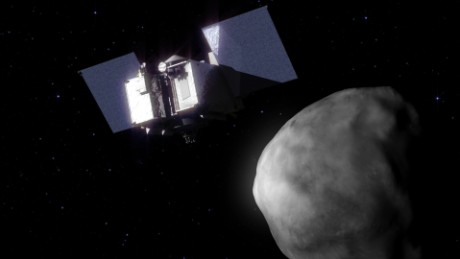
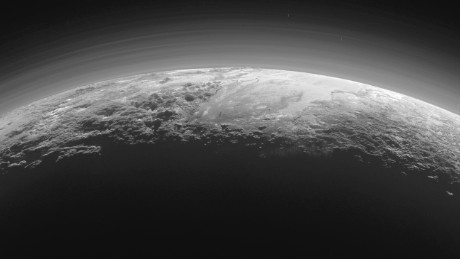
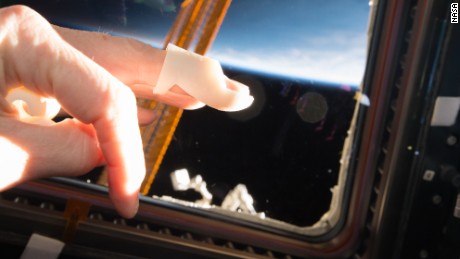
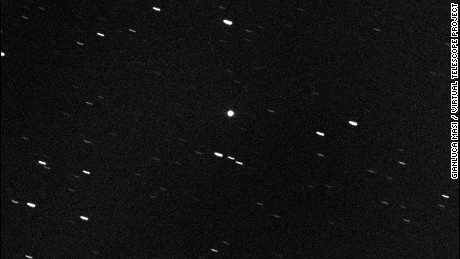
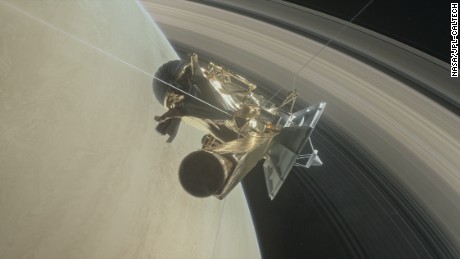



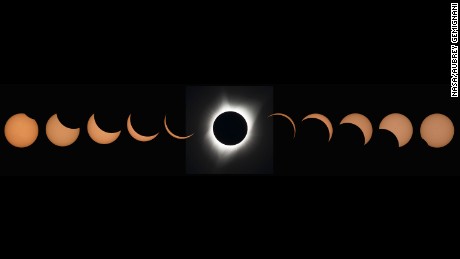
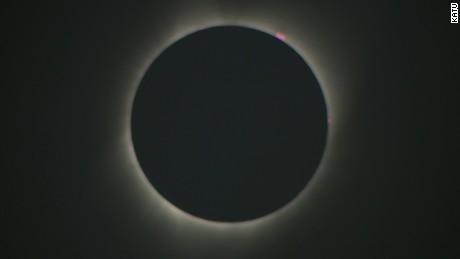
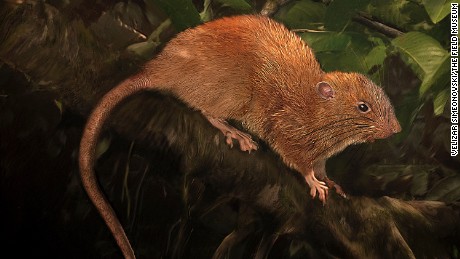

![This illustrations shows hydrocarbon compounds split into carbon and hydrogen inside ice giants, such as Neptune, which turns into a "diamond [rain] shower."](http://cdn.cnn.com/cnnnext/dam/assets/170822161948-diamond-rain-planets-large-tease.jpg)

